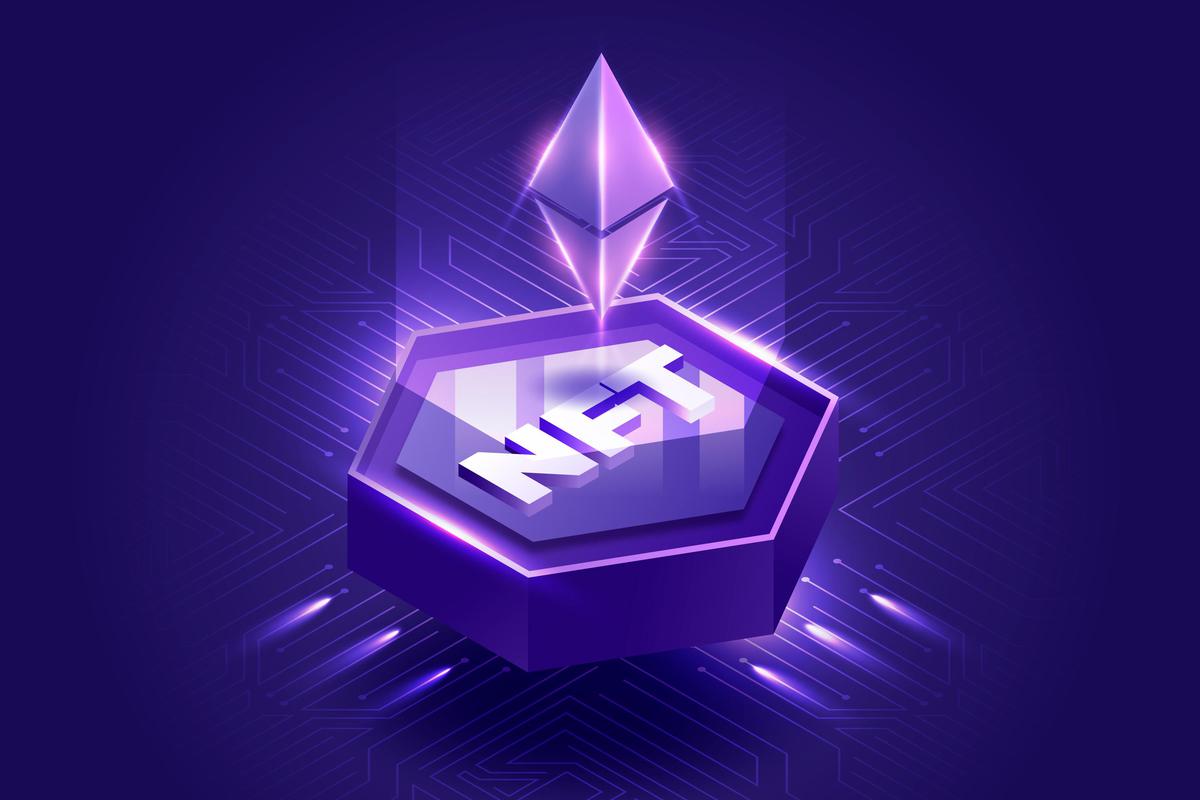Author: Connor Borrego
With so much information about NFT investing, what are some of the top things that people outside of the knowledge should look for? NFT and web3 expert Connor Borrego shares his top red flags regarding this inchoate tech.
“These rules only exist for new players to help them learn the game, but ‘you have to learn the rules to learn when to break them,’ as my middle school English teacher used to say,” begins Connor. “Abiding by these rules will most likely help you avoid a rug pull, but infamy can earn value much like a cult classic if the community around it grows large enough, so not all rug pulls will be bad over the long run.

Connor’s top 3 NFT investing red flags
Red Flag 1: Anonymous Artists and Founders
The first thing that any NFT collector should look out for when entering the game of collecting .jpgs is to ensure that the team behind the artwork you are collecting has public profiles on their website and that those names match public profiles on the web. They have a real name, a LinkedIn profile or Instagram account, maybe a Twitter account, and they don’t appear suspicious, generally passing the ‘sniff test.’
This is because web3 has evolved from anonymous users developing in a Sandbox utopia of creativity and speculation to a hardened business model, with real teams competing to stake their claim as the first viable startup of the Metaverse.
The project’s branding is central to attracting and building a community that helps support the vision to help it get off the ground. It enhances the value of the NFTs when their creators are accessible to the collectors, and they can peek behind the scenes at the project’s development. Anonymous founders, on the other hand, are notorious for rug pulling or taking the funds from the sale of NFTs and running away from whatever project vision that they had sold alongside the NFTs.
 Red Flag 2: Spammy Community
Red Flag 2: Spammy Community
Many NFT collections are simply membership seats for online communities that support the project of the founding team. The communities, however, aren’t necessarily exclusive, choosing to communicate through self-hosted public forums like Discord, which serve as recruiting grounds in the early days of conception to garner support for the NFT project and share progress updates with the growing community.
A shady market of bots and foreign laborers are known tactics employed by both good and bad projects as strategies to help grow their communities; ‘fake it till you make it’ as they say. Reaching out and messaging the founder directly may help you decide whether the project is good or bad, but the truth is that, at best, it’s early to the party, so add them to your watch list and come back later.

Red Flag 3: Direct Messages and Mentions
On many social media platforms, users featuring profile pictures from the most famous NFT projects are sliding into DMs to share some alpha, usually as a link to some website claiming to be the next big NFT project.
If you look at their profiles, many of these accounts have 0-60 posts, 0-20 followers, and are following 700+ people, uber-sus for sure! Whether they are bots or people operating burner accounts, this marketing tactic which sincere projects could reasonably employ and Ponzi scheme rug pulls alike, is a favorite among hackers trying to drain your wallet of cryptocurrencies and steal your NFTs.
It’s best not to pay too much attention to the names of the projects these accounts promote, as they are often unaffiliated. However, it could also indicate a popular project which, at the right price, might look like an excellent addition to your collection.


 Red Flag 2: Spammy Community
Red Flag 2: Spammy Community



